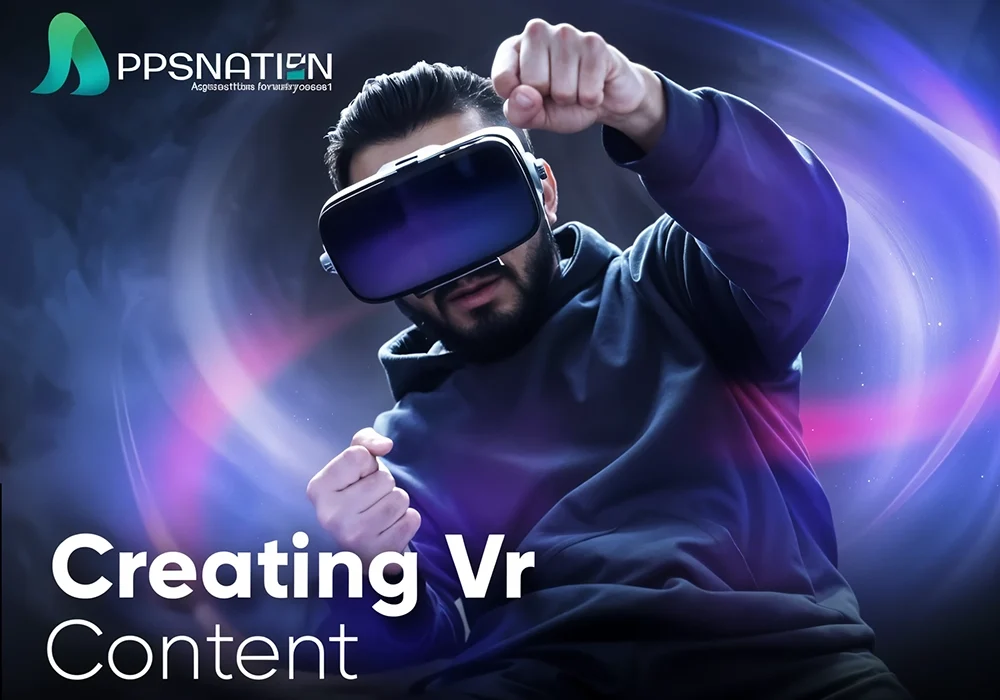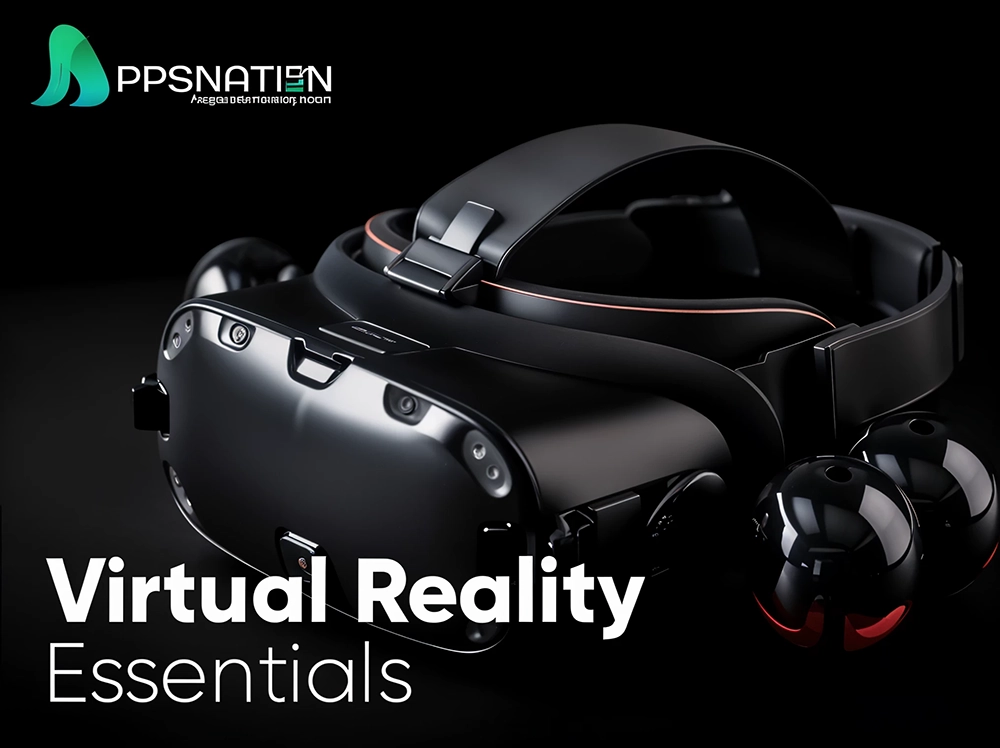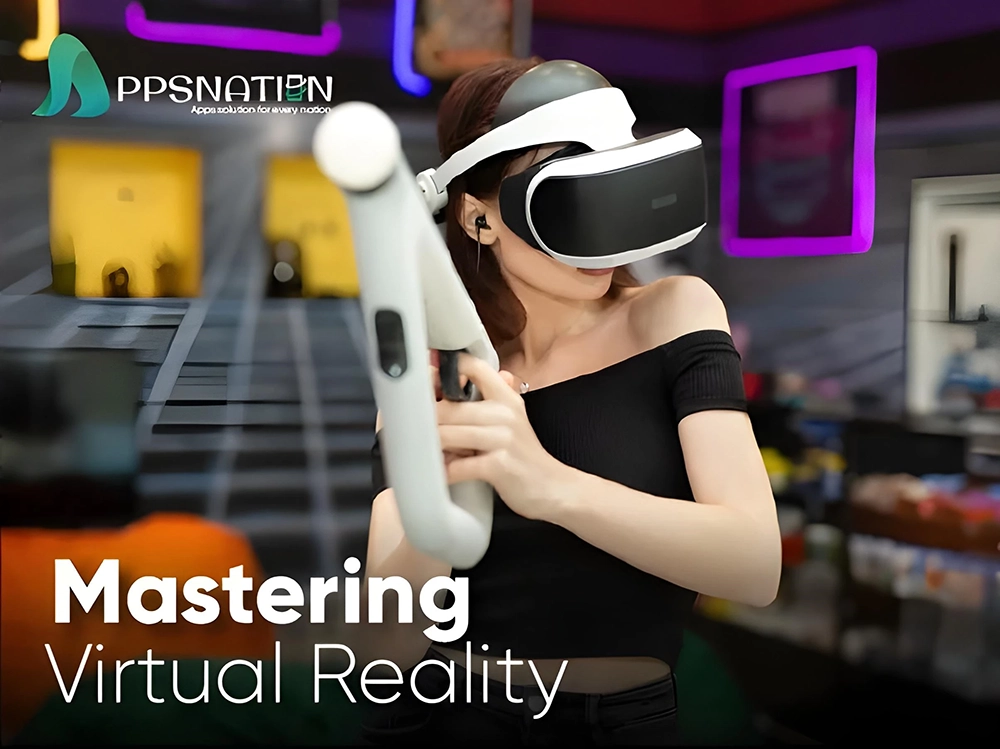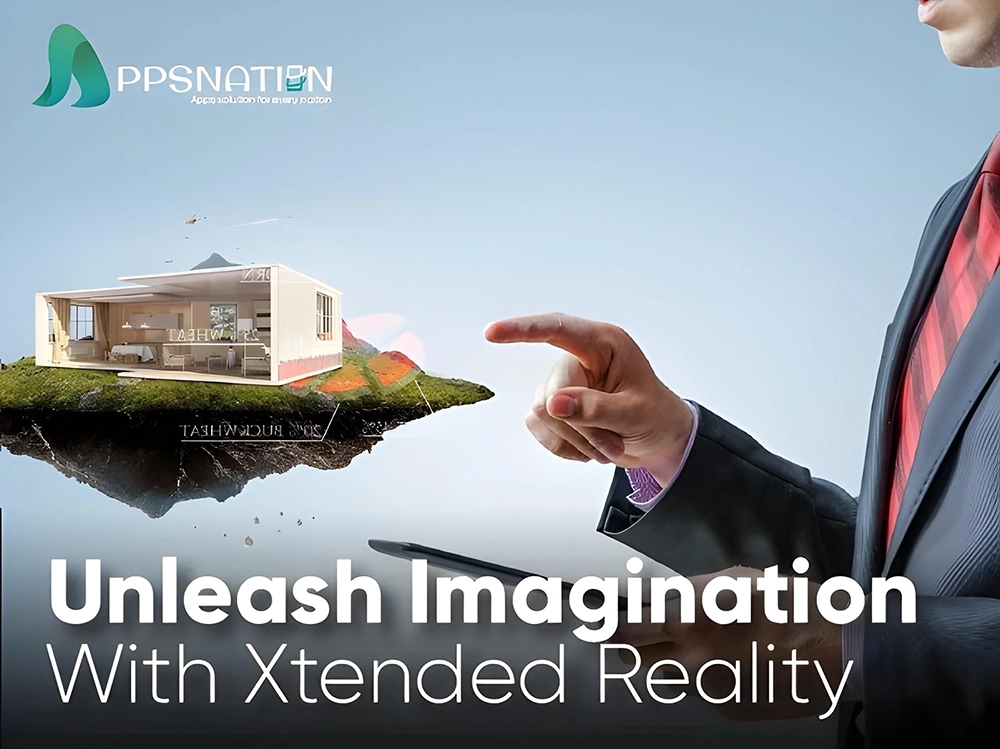Virtual Reality (VR) has emerged as one of the most exciting and transformative technologies in recent times. It allows users to immerse themselves in simulated environments, creating an experience that feels almost real.
Table of Contents
| 1 | Introduction |
| 2 | What is VR Development? |
| 3 | The Evolution of VR Content |
| 4 | Tools and Software for VR Development |
| 5 | Unity |
| 6 | Unreal Engine |
| 7 | Blender |
| 8 | Maya |
| 9 | Key Steps in VR Content Creation |
| 10 | Conceptualization |
| 11 | Storyboarding |
| 12 | 3D Modeling and Texturing |
| 13 | Animation and Rigging |
| 14 | Sound Design |
| 15 | UX and Interaction Design in VR |
| 16 | VR Platforms and Devices |
| 17 | Oculus Rift |
| 18 | HTC Vive |
| 19 | PlayStation VR |
| 20 | Google Cardboard |
| 21 | Challenges and Considerations in VR Development |
| 22 | Motion Sickness |
| 23 | Performance Optimization |
| 24 | Hardware Limitations |
| 25 | Future Trends in VR Development |
| 26 | Conclusion |
| 27 | FAQs (Frequently Asked Questions) |
Introduction
Virtual Reality (VR) has emerged as an innovative technology that immerses users into lifelike digital experiences. From gaming to training simulations, VR has the potential to revolutionize various industries. However, creating VR content requires a unique skill set and understanding of the tools and techniques involved. This article delves into the world of VR development, providing insights into how to create captivating VR experiences.
What is VR Development?
VR development is the process of designing and creating virtual reality experiences using specialized software and hardware. It involves creating 3D environments, interactive elements, and realistic simulations to enable users to engage with the virtual world.
The Evolution of VR Content
The concept of virtual reality dates back to the 1960s, but it wasn’t until recent years that technology made significant strides. Early VR experiences were limited and clunky, but with advancements in computing power and graphics, VR content has become more sophisticated and accessible.
Tools and Software for VR Development
Creating compelling VR experiences requires powerful software tools.Among the most popular options are:”
Unity
Unity is a versatile game engine widely used for VR development. It offers a user-friendly interface and supports multiple platforms, making it a top choice for developers.
Unreal Engine
Unreal Engine, developed by Epic Games, is another robust game engine with excellent VR capabilities. It provides stunning visuals and realistic physics simulations.
Blender
Blender is an open-source 3D modeling software that is highly valuable for creating 3D assets for VR environments.
Maya
Maya is a professional 3D animation software used for complex character modeling and animation in VR.
Key Steps in VR Content Creation
Creating VR content involves several key steps, including:
Conceptualization
The first step is to conceptualize the VR experience, defining the goals, target audience, and overall concept.
Storyboarding
Storyboarding helps in visualizing the flow of the VR experience, ensuring a cohesive and engaging narrative.
3D Modeling and Texturing
Developing 3D models and textures brings the virtual environment and objects to life, adding realism to the experience.
Animation and Rigging
Animation and rigging are crucial for creating interactive elements and characters that respond to user actions.
Sound Design
Immersive sound design enhances the VR experience by providing audio cues and realistic spatial audio.
UX and Interaction Design in VR
User experience (UX) and interaction design are critical in VR development. Intuitive controls and seamless interactions ensure that users remain engaged and comfortable throughout the experience.
VR Platforms and Devices
VR content can be experienced through various platforms and devices, including:
Oculus Rift
The Oculus Rift is a high-end VR headset known for its impressive visuals and immersive experiences.
HTC Vive
HTC Vive offers room-scale tracking and precise motion controllers, delivering an unparalleled level of interactivity.
PlayStation VR
Designed for PlayStation gaming consoles, PlayStation VR brings VR experiences to console gamers.
Google Cardboard
Google Cardboard is a low-cost VR option that transforms smartphones into VR headsets, making VR more accessible to a wider audience.
Challenges and Considerations in VR Development
Despite its potential, VR development comes with its share of challenges, such as:
Motion Sickness
Some users may experience motion sickness when using VR headsets, making it essential to optimize the experience to minimize discomfort.
Performance Optimization
VR experiences demand high performance from hardware, requiring developers to optimize their content for smooth playback.
Hardware Limitations
The diversity of VR devices means developers must consider hardware limitations when creating content to ensure compatibility.
Future Trends in VR Development
As VR technology continues to advance, several trends are shaping the future of VR development, including:
- Augmented Reality (AR) integration in VR experiences
- Haptic feedback for more realistic interactions.
- Social VR, enabling users to interact with others in virtual spaces.
Conclusion
VR development is an exciting field that opens up a realm of possibilities for content creators and developers alike. By understanding the tools, techniques, and challenges involved, developers can create immersive and unforgettable VR experiences.
FAQ’s
Q. Is VR content development only limited to gaming applications?
No, VR content development extends beyond gaming and is being used in various industries like education, training, healthcare, and more.
Q. Which programming languages are commonly used in VR development?
C# and C++ are commonly used programming languages for VR development, especially with Unity and Unreal Engine.
Q. Can VR experiences be shared across different VR platforms?
Yes, developers can create content that is compatible with multiple VR platforms, although some adjustments may be necessary.
Q. How can I test the VR experience I’ve developed?
To test VR experiences, you’ll need a compatible VR headset and hardware setup. Most development platforms offer simulation options as well.
Q. What are some potential ethical concerns related to VR content development?
Ethical concerns in VR content development include issues of data privacy, potential addiction, and the creation of sensitive or harmful content.





